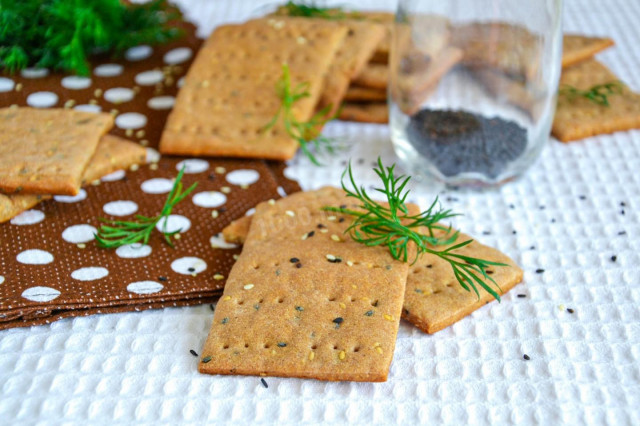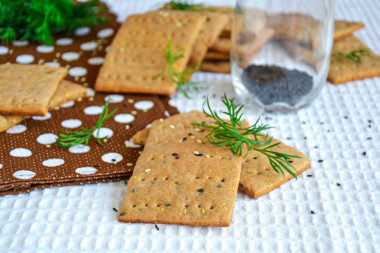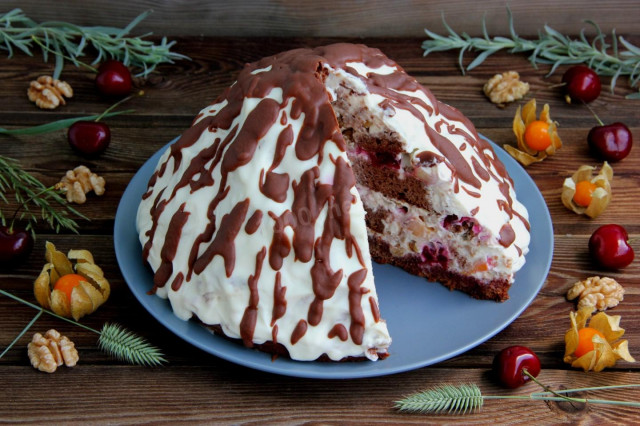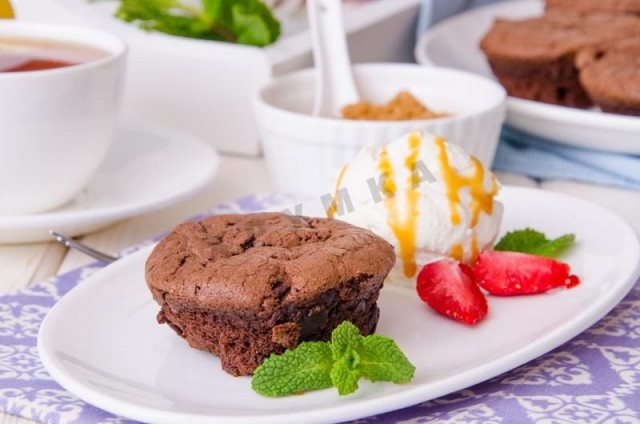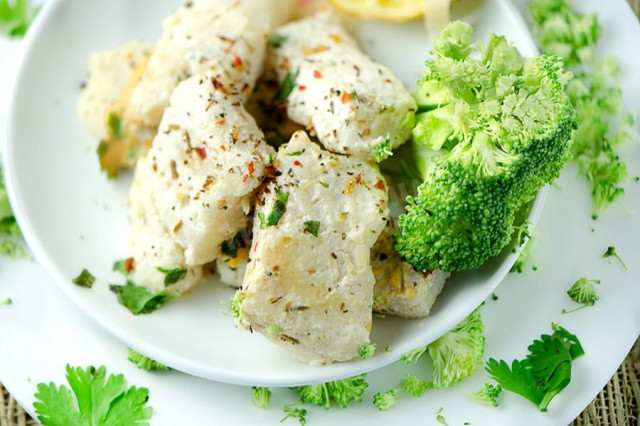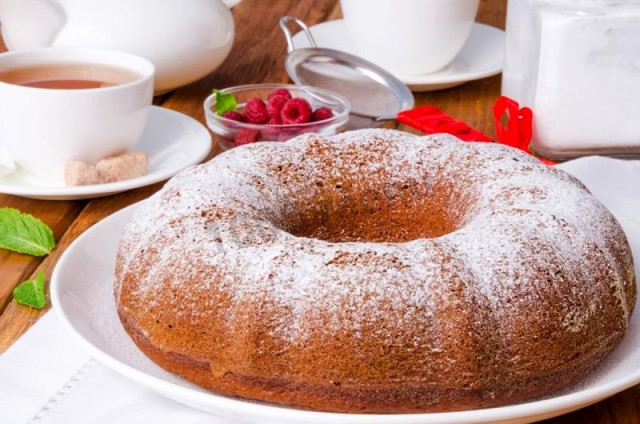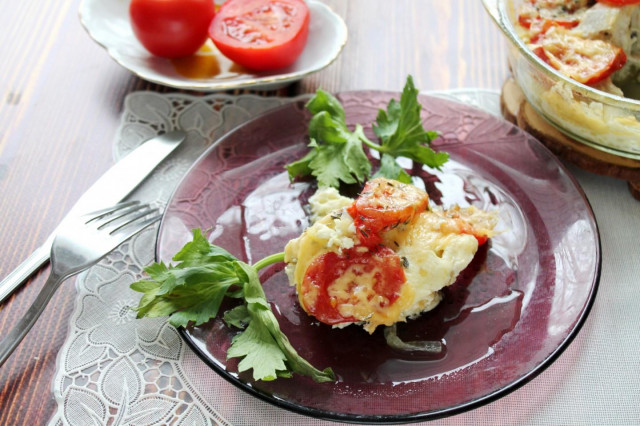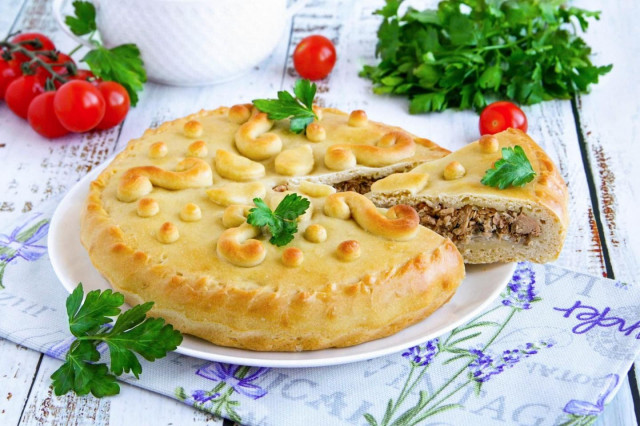Composition / ingredients
Step-by-step cooking
Step 1:
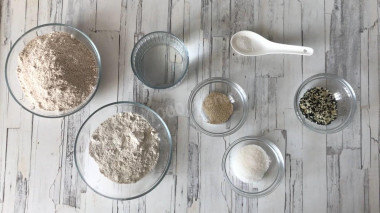
How to make whole grain bread? Prepare the products. take refined, odorless vegetable oil. Instead of sesame seeds, you can use cumin, coriander, peeled seeds. Or cook without additives at all.
Step 2:
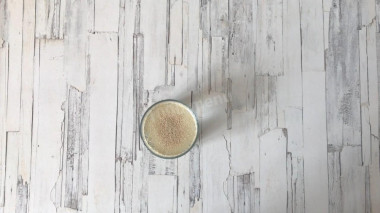
Pour yeast and sugar into warm (temperature about 38 degrees) water. Stir and leave for 10 minutes to activate. If the yeast is fresh and of good quality, then a "cap" of foam should rise from above.
Step 3:
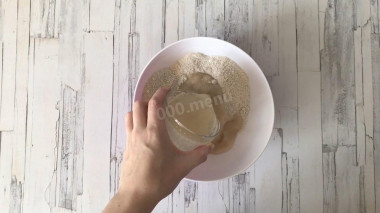
In a bowl for kneading dough, combine two types of flour, salt, and pour in activated yeast.
Step 4:
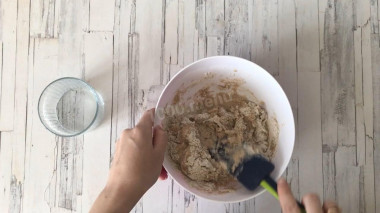
Mix all the ingredients with a spatula.
Step 5:
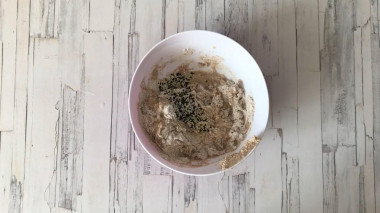
Add sesame seeds. Stir until smooth.
Step 6:
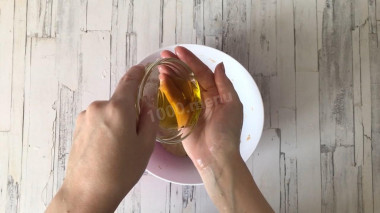
Brush your hands with vegetable oil and knead the dough for 5 minutes. It should become smooth and elastic. If the dough turns out to be too steep, add a little warm water. Too liquid — add a little more flour.
Step 7:
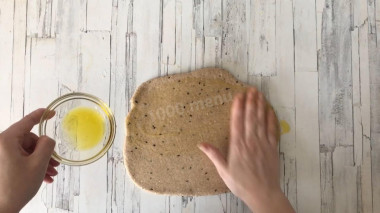
Transfer the dough to a floured table, roll out with a rolling pin into a flat cake about 1 cm thick. Lubricate the surface with vegetable oil.
Step 8:
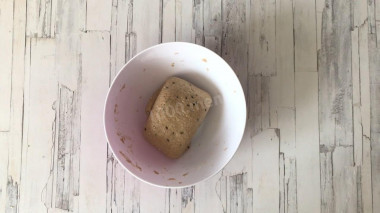
Fold the greased tortilla into several layers, transfer it back to the bowl and leave it in a warm place for 30 minutes, covered with a towel.
Step 9:
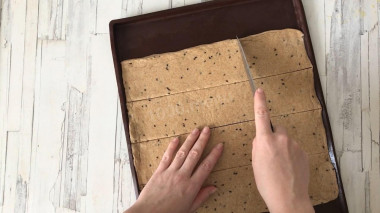
Roll out the leftover dough directly on the parchment (I have a silicone baking tray), on which the loaves will be baked, into a rectangular layer 4-5 mm thick.
Step 10:
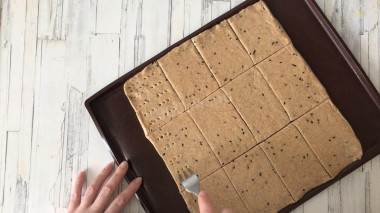
Cut the dough into rectangles, making out the boundaries of the future loaves. Prick the loaves with a fork.
Step 11:
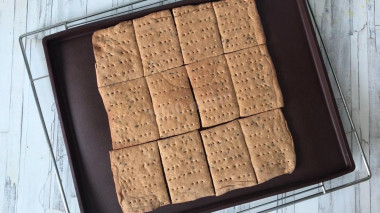
Put the loaves in preheated to 200°Remove from the oven and bake for about 15 minutes. The exact time will depend on the characteristics of your oven — the loaves should be slightly browned. Remove the finished loaves from the baking sheet and cool, dividing by sections. Serve to the table. Bon appetit!
Important! Using dry yeast, it should be borne in mind that they occur in two forms: active and instant (read the instructions carefully before use!).
Active dry yeast looks like beads or small balls. Before applying them, they must be brought out of the "sleep mode". To do this, the active yeast is diluted in warm sweet water, milk or whey. The resulting bubbles, foam or "cap" indicate that the yeast is ready for further use. Active dry yeast must be brought to complete dissolution in the liquid, otherwise, due to the remaining grains, the dough may not rise and the baking will be spoiled (yeast grains that have not dissolved in the liquid and got into the dough will not disperse on their own, which means they will not work).
Instant dry yeast is easier to use. They do not need to be activated before use. Such yeast, along with other ingredients, is simply added to the dough. As a result, the baking time is reduced.
It should also be remembered that both types of dry yeast may differ in their activity from different manufacturers.
For cooking, it is better to use filtered or bottled water that is neutral to taste. If you use tap water, keep in mind that it can give the dish an unpleasant characteristic taste.
Keep in mind that everyone's ovens are different. The temperature and cooking time may differ from those specified in the recipe. To make any baked dish successful, use useful information about the features of ovens !
Caloric content of the products possible in the composition of the dish
- Granulated sugar - 398 kcal/100g
- Sugar - 398 kcal/100g
- Vegetable oil - 873 kcal/100g
- Dried whole sesame seeds - 563 kcal/100g
- Shelled sesame seed - 582 kcal/100g
- Salt - 0 kcal/100g
- Water - 0 kcal/100g
- Rye flour - 305 kcal/100g
- Whole wheat flour - 298 kcal/100g
- Dry yeast - 410 kcal/100g

